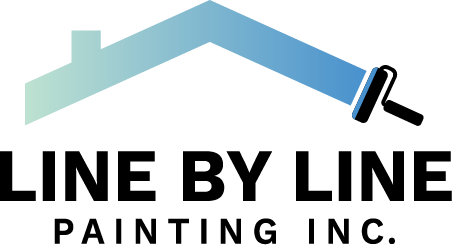Painting may seem like a simple task. But it is actually an art that requires patience, skill, and, above all, knowledge.
Preparing the walls is just as important as applying the paint, and the choice of materials can significantly influence the final result. It is a creative process that requires attention to detail and a deep understanding of how each element can affect the final result, from preparation to application.
This space is for DIY enthusiasts or those considering painting their houses for the first time.
Surface Preparation
The foundation of any painting job is proper surface preparation.
Start by inspecting the walls for imperfections such as cracks, holes, or areas with moisture. These must be adequately repaired before continuing, either with putty or sealant, as necessary.
Remove any dust, grease, or dirt that may interfere with the paint’s adhesion. Depending on the condition of your walls, a coat of primer may be helpful.
Choosing the right paint
The choice of paint is critical and will largely depend on the space being painted and its conditions. For example, bathrooms and kitchens, areas with high humidity, require suitable paints resistant to mold and moisture.
Exterior paints must withstand the weather conditions without fading or peeling.
Selecting the right color
Selecting a color is an exciting and personal aspect of the process, but it can also be the most challenging.
The color of your walls can change the mood and perception of space in a room, so it is essential to make the most appropriate choice.
Size and lighting should be considered. Lighter colors can make a petite or poorly lit space appear larger and brighter, while dark colors can create a cozy atmosphere, although they can also make a room appear smaller.
Choosing the right tools
Choosing the right tools can greatly improve the quality of your painting job. There are three types of painting tools: brushes, rollers, and sprayers. In addition to these tools, you’ll need other supplies like painter’s tape to protect edges, drop cloths to cover the floor and furniture, and a ladder in case you need to reach high areas.
Ventilation
Most paints contain volatile organic compounds, which release strong odors and potentially harmful gases.
Ensuring your workspace is well-ventilated will protect you and other occupants of the home and help the paint dry more quickly and evenly.

